At Streatham Wells our curriculum is actively anti-racist, anti-homophobic, anti-sexist and anti-ablest. The “anti” is important because if we are not anti-discrimination, then what are we?
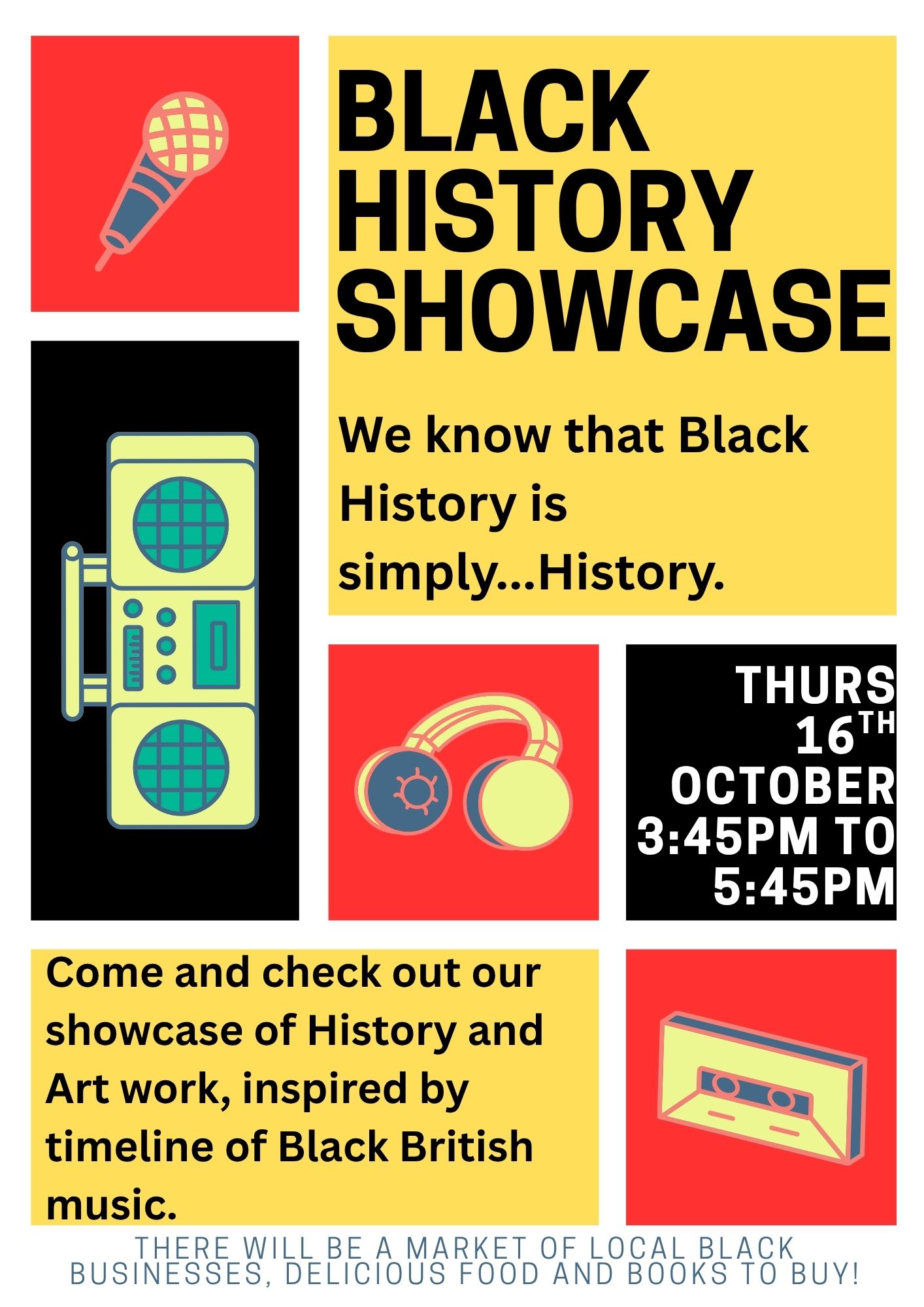
Black History is simply…history. At Streatham Wells our History curriculum is inclusive and celebrates diverse narratives and histories. We appreciate that nationally Black History Month happens every October. We talk to children about this by saying, we celebrate Black History all year round, and October is like Black History’s birthday, so we have an extra celebration.
If you want to chat to a child or young person about racism, you might be worrying about how to start the conversation. You might worry about saying the wrong thing. Or you may want to shield a child from difficult issues. However you're feeling, we’ve got advice to help you start the conversation. This newsletter is for parents and caregivers who want to understand what racism is, how it affects young people, what they can do to be anti-racist and how to discuss the current climate.
What does it mean to be anti-racist?
When people talk about being anti-racist, it includes:
- listening to people who have experienced racism and accepting what they say as truth.
- calling out racism and discrimination wherever you see it. and using your own privilege to draw attention to it.
- continuing to learn about inequality and how it affects others.
- regularly assessing your own thoughts about racism and discrimination.
- passing on what you learn to those around you, including family, friends and colleagues.
Talking to your child about racism
Children and young people may have seen images and stories in the news about race and racism.
Some children might not fully understand the stories and they may have questions. It's important to encourage positive and open conversations about race and racism with children and young people.
- Have conversations about this often, not just when it's in the news.
- Keep the conversation going and let children know it OK to ask questions.
- Encourage children to understand the lived experience of ethnically minoritised groups better.
Don’t be afraid of saying the wrong thing. Having an open conversation will help children learn about how racism still exists, and to recognise how it affects them or people they know.
Talking openly will help a child to feel more comfortable sharing how they’re feeling with you, and to confide in you if they’ve experienced or seen racism or racial abuse.
We have support and advice for starting these conversations on the NSPCC Talking about difficult topics page.
Age-appropriate conversations…keep them regular
The NSPCC recommends…
Under five years
- Talk about fairness, being kind and accepting others for who they are.
- Celebrate difference.
For primary school age children
- Discuss social media, read books or watch shows together that deal with racism or stereotypes.
- Let them ask questions.
- Let them know they can come to you if they’re confused about anything or have particular worries.
For older children and teenagers
- Let them lead the conversation so they feel confident sharing their ideas or experiences.
- Provide a safe and comfortable environment for them to express themselves.
- Listen and ask questions without judging them.
Talking about recent history and culture
It’s important to explore the history and culture of ethnically minoritised groups by reading, watching and listening to the stories they’ve written and created.
Some recent campaigns and websites that might help you include:
- 56 Black Men – a campaign challenging the negative image of Black men throughout mainstream media.
- NSPCC shop – we have a range of children's books on racial diversity and black history.
- Inclusive books for children – a charity that aspires for mainstream children’s books to be inclusive, and for inclusive children’s books to be mainstream.
Encourage children to appreciate diversity
Encourage conversation, understanding and empathy with people who are different from them. Help children to notice race and racial difference and appreciate it.
Let children know:
- we aren’t all the same and the world would be a very boring place if everyone was the same.
- we can learn from people with different backgrounds and cultures to us.
- the human race is diverse and that’s a good thing.
What if my child sees or hears something racist?
Though conversations around children being exposed to racism can feel challenging, it is important to take the time to talk about it.
Tips:
Name it - let them know, “that is racist/islamaphobic/xenophobic. That is a form of discrimination.”
Teach it - tell them “discrimination is wrong.”
Ask them - “how does that make you feel?” Tell them, it is important to talk about how we feel when we see discrimination because it helps us look after ourselves.
Reframe it - tell them, “it is important that everyone, no matter where they come from, feels safe and equal.”
Talking to children about flags and pride
As part of Black History Month, we are encouraging families to talk about what it means to be proud of Britain in ways that include everyone. Children may notice flags being raised in different places — sometimes during sporting events or national celebrations, and sometimes for other reasons.
Flags are symbols, and like many symbols, they can carry different meanings for different people.
For many, flags are a way of celebrating and showing pride in our country — for example, when England teams play in football or rugby. Feeling proud of our country and celebrating together is a positive thing.
At other times, flags can be used in ways that make some people feel excluded or unwelcome. At Streatham Wells, we believe being British should mean respect, fairness, and belonging for everyone, no matter their background.
If your child asks about flags they see, you could begin a gentle conversation with questions like:
- Why do you think that flag is there?
- What do you think the flag stands for?
- How can we show pride in our country while also making sure everyone feels welcome?
These conversations help children understand that symbols can be used in different ways — and that part of being proud to be British is making sure our pride includes everyone.
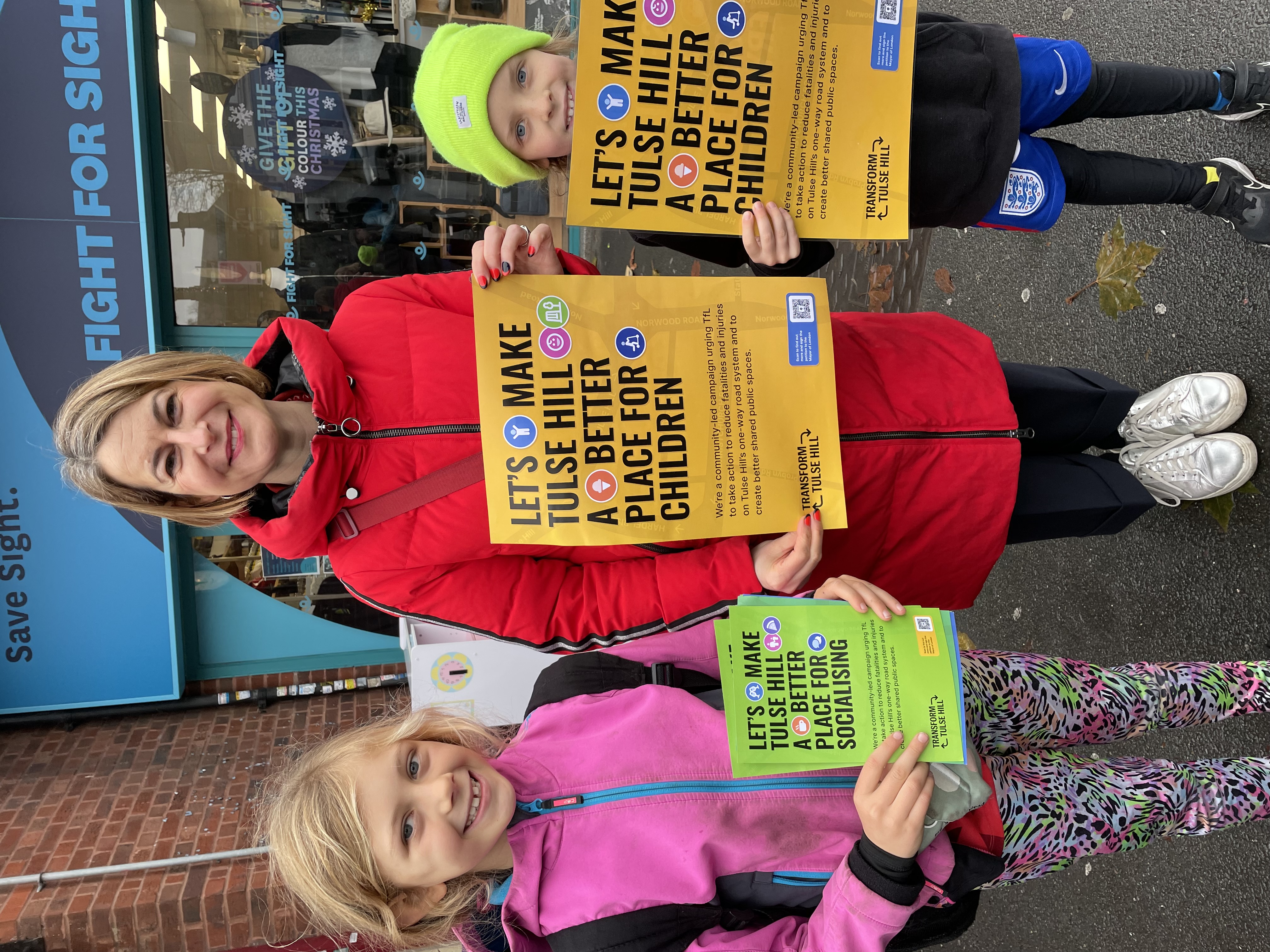

.jpeg)
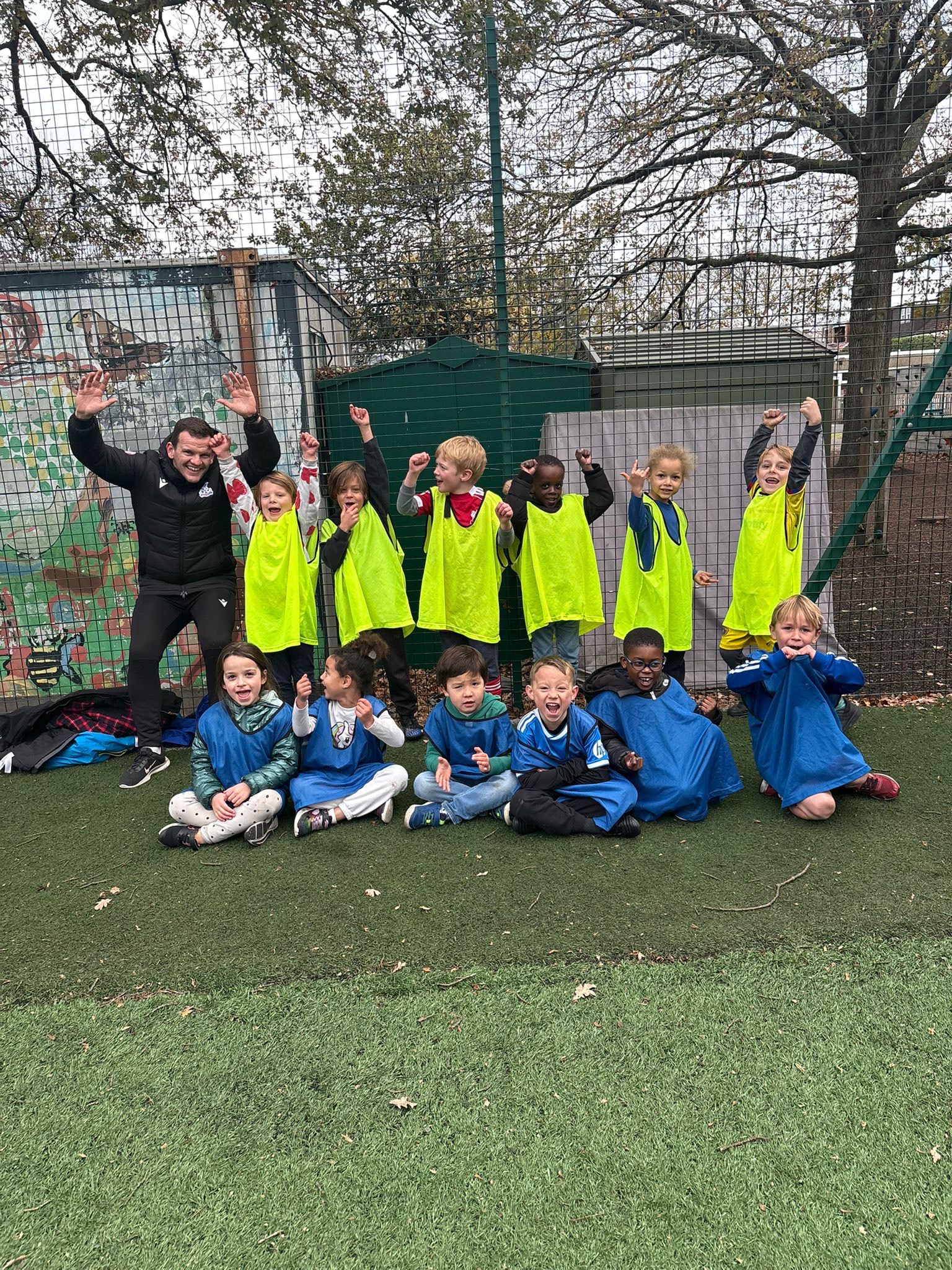
.png)

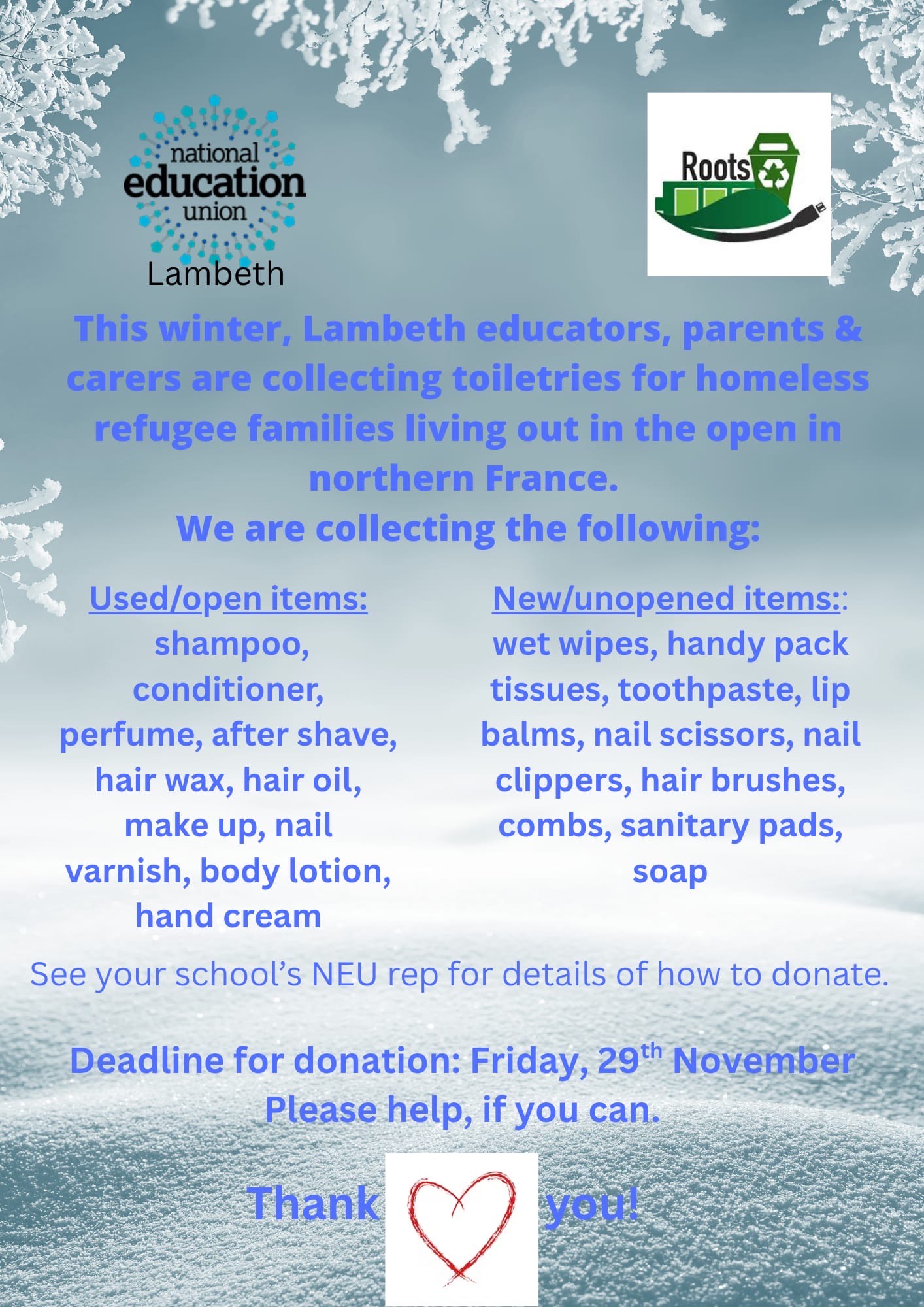
.jpg)
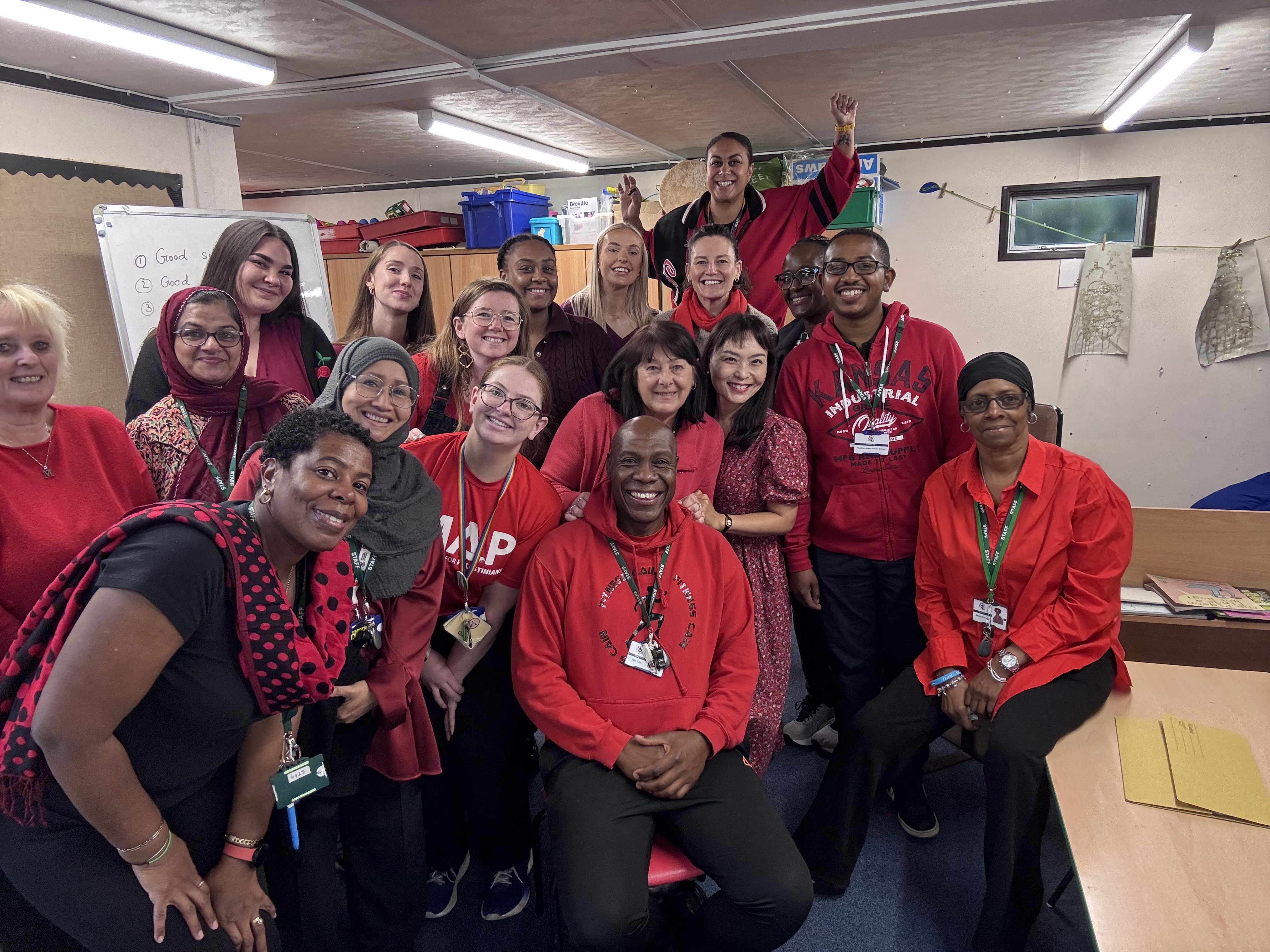
.jpeg)
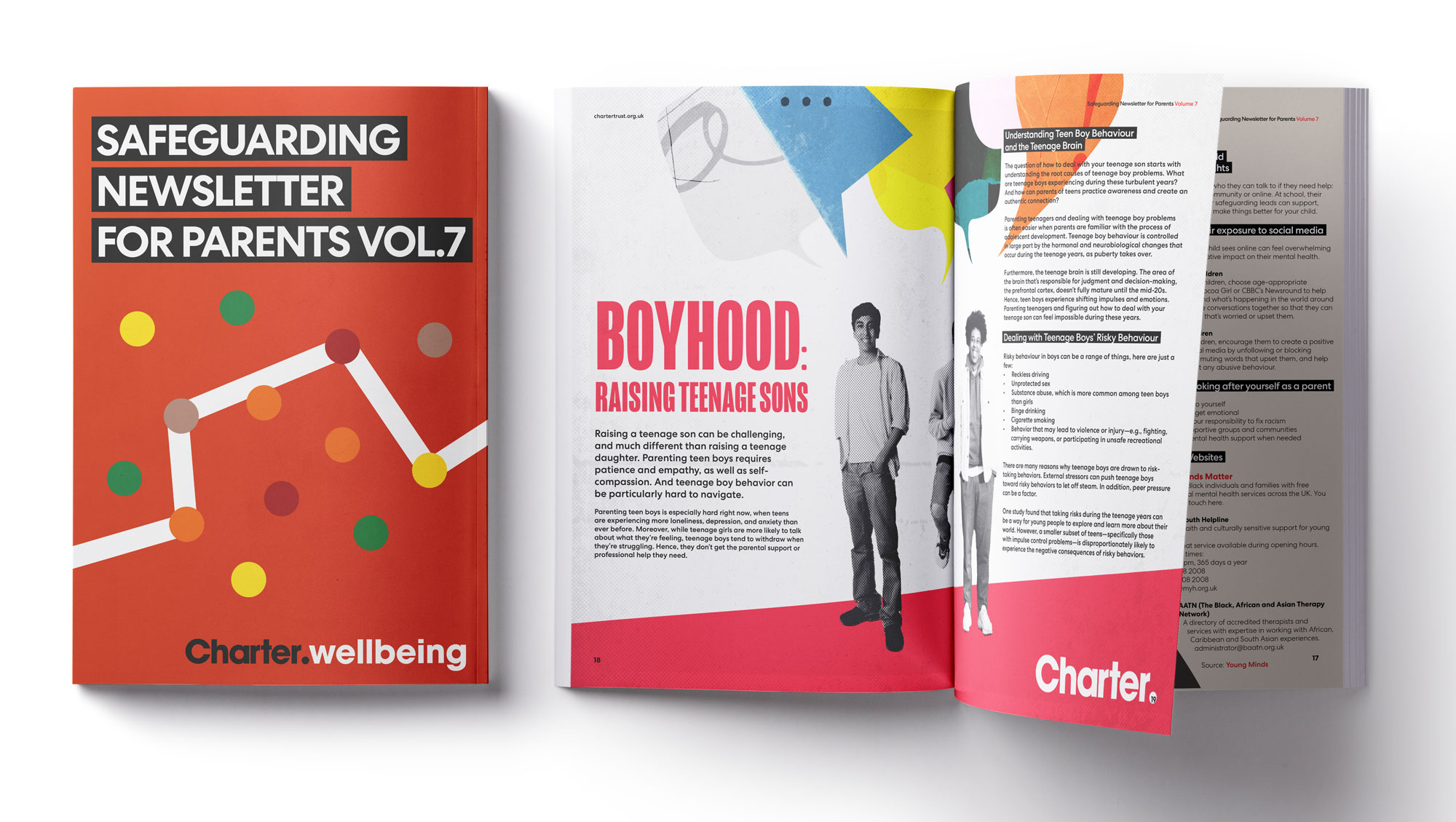

.jpg)



















